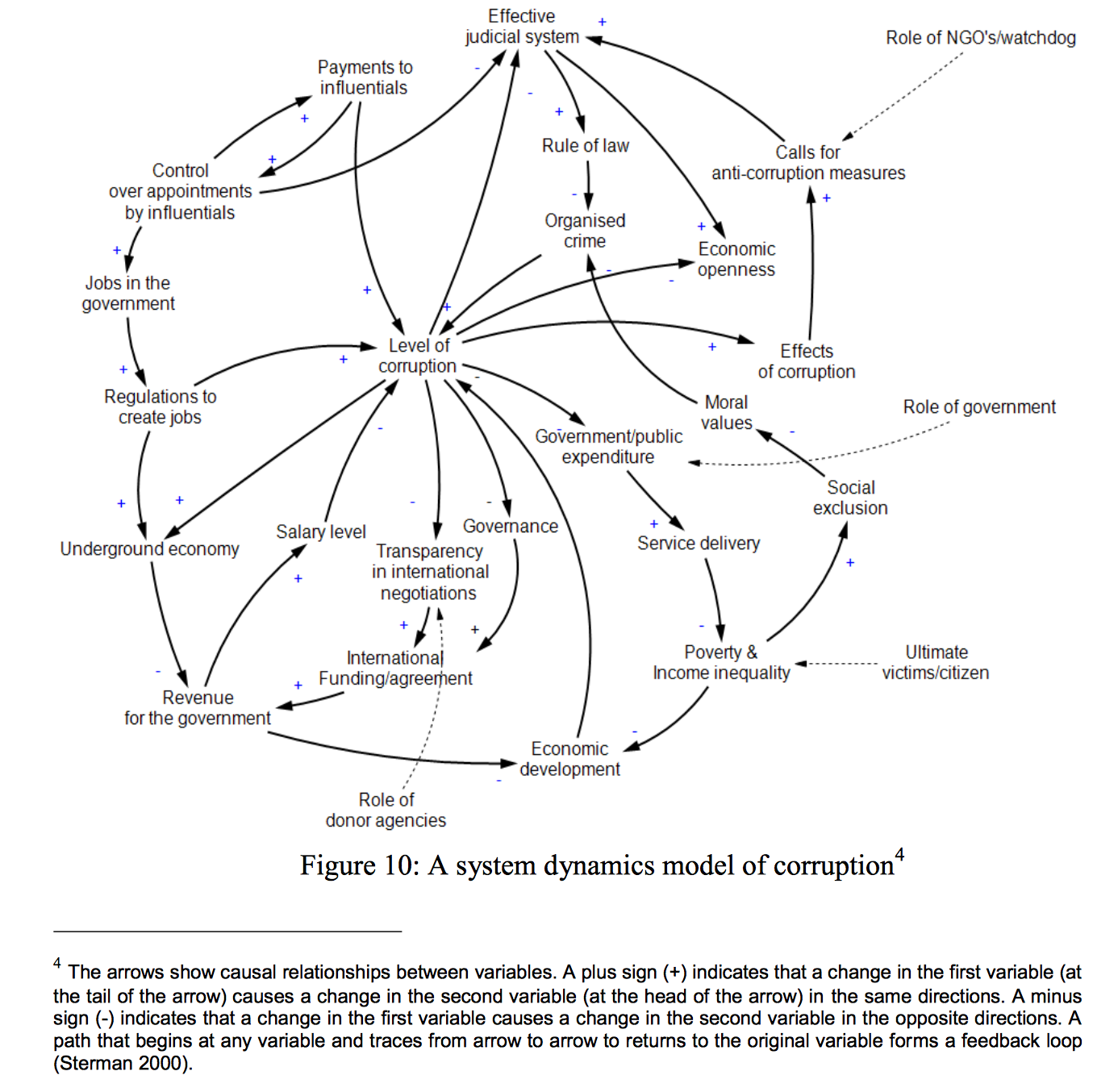In the first chapter of Graphesis, Johanna Drucker presents us a thorough introduction to the realm of "visual epistemology" by exploring its history and developments. The main objective of this chapter, I think, was to present us a landscape of how visual representations have been transformed and influenced by the work of different actors across multiple disciplines, in order to create universal frameworks or standards that should be followed in a particular domain in a given time.
The study of the visual production of knowledge is not as advanced and universal as other disciplines have achieved in their own stages (linguistics or mathematics). This is particularly worrisome given the fact that we find ourselves living at a time when we are being bombarded with images that structure and define our relation to knowledge.
It becomes even more important for those of us that have a humanities background where we favor linguistics over graphic representations of knowledge. That being said, it represents a challenge to develop a visual language to interpret and present many of the interactions that are being studied by the humanities and social sciences. The author seems to agree by mentioning some concepts like the "workings of power", the "force of ideology", or the "transmission of values".
If "we no longer believe that everything that can be known can be seen", how can we even begin to think of a possible visual representation of say the dynamics and forces that corrupt our political institutions?
Nevertheless, the author states that there is an endless stream of visualizations that turn complex phenomena into images, and so, she presents us with the following graph by Philipp Steinweber and Andreas Koller, where they attempt to "open up a new perspective at the topics religion and faith by visualizing the Holy Books of five world religions"1:
Following this example I decided to look for any attempts that aim to represent visually the "workings of power", with a focus on corruption dynamics:

In this example, Muhammad Aman Ullah and Tiru Arthanari, researches from the University of Auckland, New Zealand provide us with a system of dynamics modelling that allows us to discover ‘hidden’ dynamics of corruption.
Similar Diversity Project: http://similardiversity.net/project/ ↩